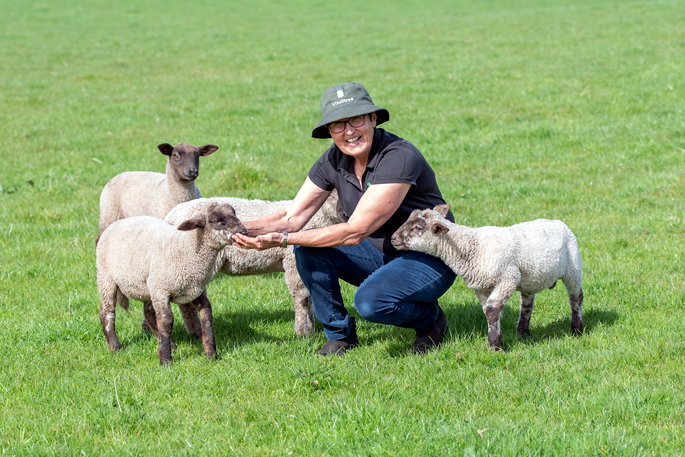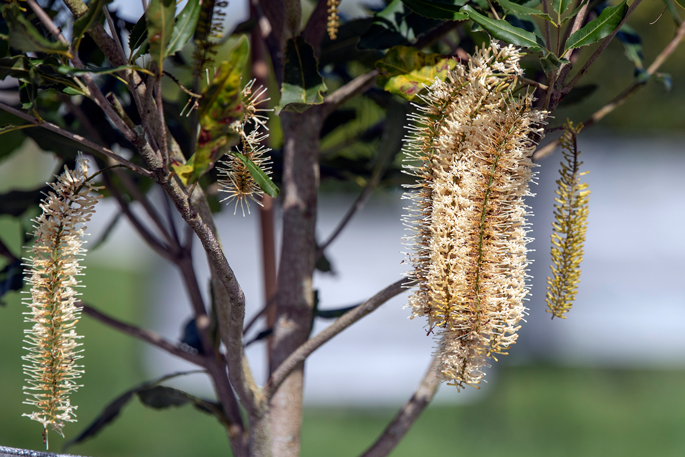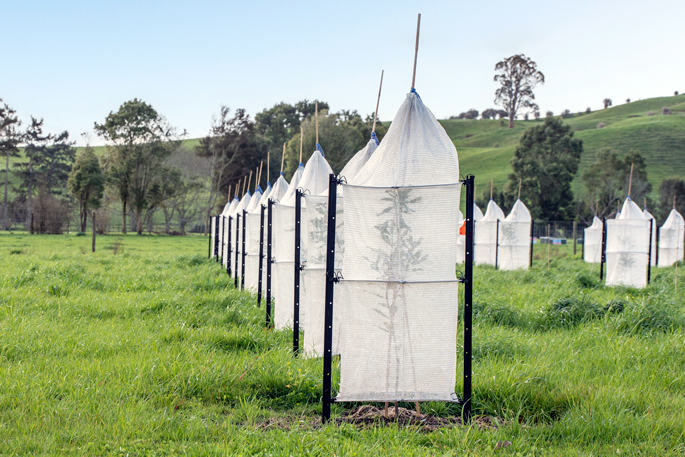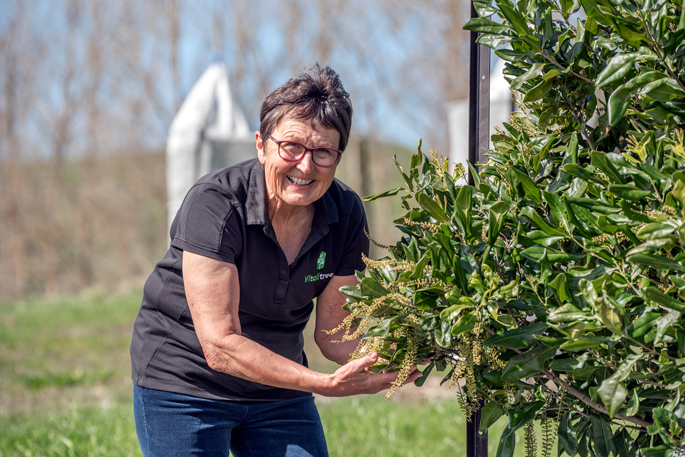Paul Gardiner and Helen Stockman have been putting the hard work in to set up a lifestyle business for their “retirement” and are one season away from seeing the fruits of their labour.
The couple, both from farming backgrounds, met through friends in 2000, and quickly realised that although their working lives had been non-farming, they both longed for a rural life.
“We started off our rural lifestyle with five acres near Karapiro and converted a largish stable block into cosy living quarters,” says Paul.
Both continued with their full time jobs, Helen with her dietetics and Paul working shifts at Kinleith pulp and paper mill.
“We spent any spare time planting an orchard and growing anything edible. We raised a few calves each spring to help pay the rates and keep the grass under control,” says Helen.
A desire to expand
By 2006 they realised five acres wasn’t big enough and jumped at the chance to buy 20 hectares and a house from a neighbour and sell the five acres. This extra pasture put them in a position to take on grazing dairy heifers.
In 2015 they took an opportunity to buy another neighbouring 20 hectares and house.
“The house and a few acres were subdivided off and sold within the family which meant we now had grandkids nearby. I was also able to have horses in my life again and share that with my granddaughter,” says Helen.
 Helen and the family’s pet lambs. Photo: Catherine Fry.
Helen and the family’s pet lambs. Photo: Catherine Fry.
Helen retired from her dietetic career in 2018, to work on the land full-time. Paul continues working four days a week at Kinleith mill.
The couple started looking into other options for their land, reducing stock numbers and introducing a commercial horticulture venture of some sort.
“Initially we considered organic gold kiwifruit, but it was difficult and expensive to get a licence to grow them,” says Paul.
Macadamias
They attended an open day at Torere Macadamias near Opotiki and were able to meet growers Vanessa Hayes and Rod Husband, tour the orchard and talk through the growing processes.
“After researching the climate in Karapiro, having soil tests done, calculating how many trees we would need for a viable commercial orchard and the costs, we decided to take on the challenge,” says Paul.
1500 grafted trees were ordered from the Torere nursery for delivery in stages and during the 12 to 18 month wait, there was time to ready the ground for planting, get fertiliser advice, and find some wind and frost protection for the young trees.
 Racemes are the flower sprays that yield nuts on macadamias. Photo: Catherine Fry.
Racemes are the flower sprays that yield nuts on macadamias. Photo: Catherine Fry.
“Covid-19 happened right in the middle, and we thought the project would be delayed, but we were delighted that farming life continued and once all the lockdowns were over, Vanessa and Rod had our first delivery ready in October 2020,” says Paul.
Establishing the orchard
“The family enjoyed helping us plant the first 500 trees, with everyone having a turn at using the shovel and wheelbarrow,” says Helen.
It takes four years of nurturing for the trees to mature and produce their first nuts.
“That first hot summer, in desperation I filled up our 400 litre calfateria, towed it up the hill behind the quad bike, and watered each plant,” says Helen.
They lost a few trees along the way and they both admit it has been a very steep learning curve with much more still to learn.
 Paul invented the tree covers used for wind and frost protection. Photo: Catherine Fry.
Paul invented the tree covers used for wind and frost protection. Photo: Catherine Fry.
There are options for the use of the grass strips between the rows including mowing for hay and grazing for the horses while there are still covers on the trees.
Internet searches for suitable wind and frost protection didn’t find anything that was appropriate, so Paul took matters into his own hands.
“Apart from buying frost cloth, my prototypes were made from no. 8 wire, wire posts and clips that we had around the farm.
“I found that a circular shape was more robust in the wind and makes mowing easier,” says Paul.
When No.8 wire proved to be too soft, Paul started using high tensile no.8 wire. Helen kept busy sewing the initial 500 covers. As winter frosts hit, the covers proved to be effective, also allowing easy access for weeding, mulching and a straightforward, fast way to open the tops to allow sunlight in on hot days.
Their venture went commercial in 2022 under the name Vitalitree, selling locally in the Waikato and BOP as post-Covid freight costs are challenging. The sewing is now mostly outsourced allowing more time for orchard management.
The couple entered the Innovation Awards at the 2022 Fieldays, and while they didn’t take home an award, there was much interest in their product.
Spring 2023 was cause for excitement as the first racemes (flower sprays) appeared, a sign that things are on track and the trees are healthy and thriving, but the patient wait for the first harvest will continue to 2024.



0 Comments
Leave a Comment